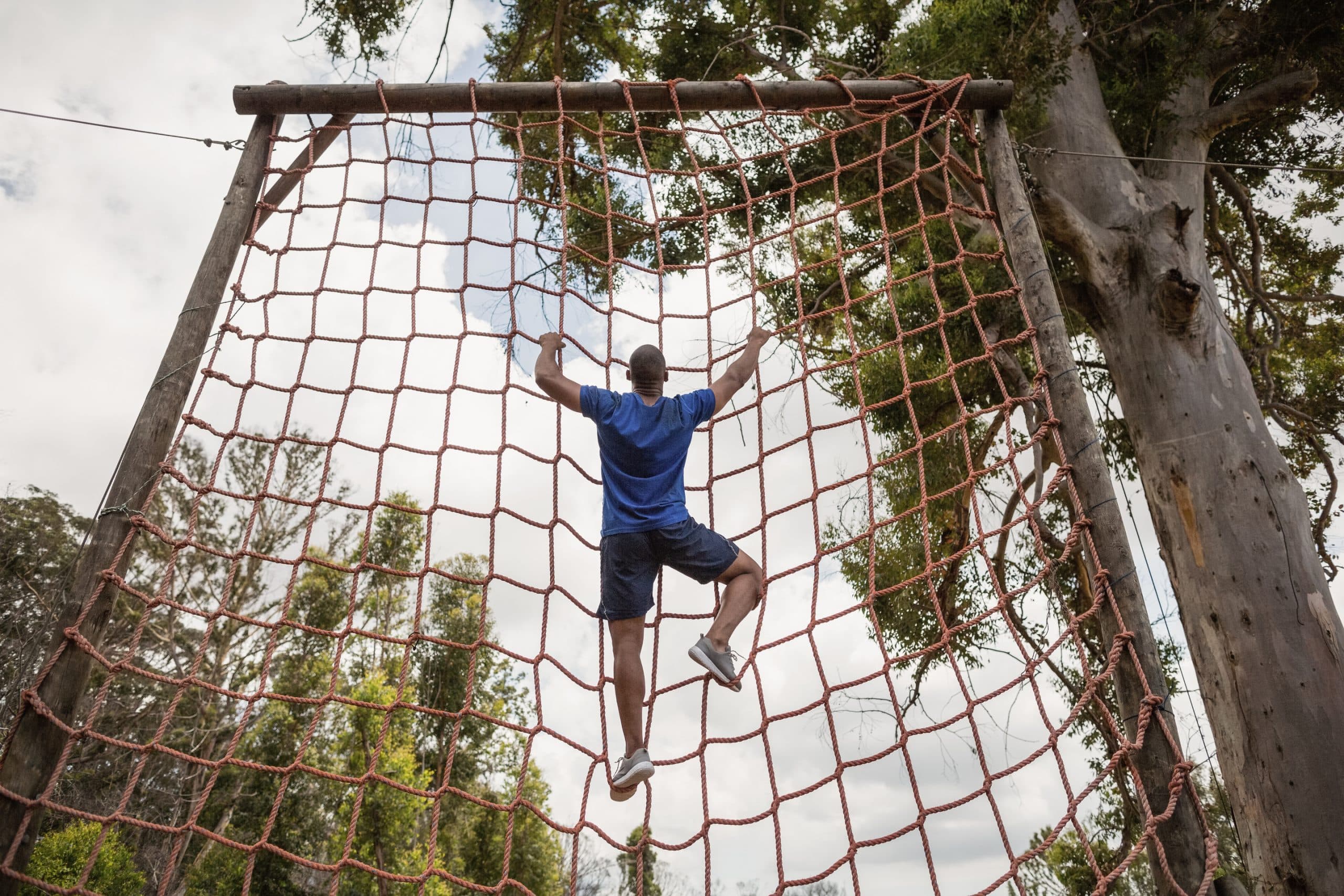If you’re a pet parent to a ferret, you know that these small creatures are full of energy and require plenty of stimulation to stay happy and healthy. Ferrets love to explore, dig, and play – they are inquisitive by nature. So, creating a fun and safe obstacle course at home can be a great way to channel their energy, keep them active, and help them hone their agility skills. This guide will provide you with step-by-step instructions on how to make your own DIY obstacle course for your ferret.
Choosing the Right Space for Your Ferret’s Obstacle Course
The first step in building an obstacle course for your ferret is to choose the right space. This area needs to be large enough for the course, but also safe and free of any potential hazards. Consider a room in your house that is easy to clean, such as a basement or an enclosed patio. The room should be well-ventilated, with a stable temperature and humidity level. You can also choose to build the course outdoors, but make sure the area is free from predators, harmful plants, and harsh weather elements.
A lire aussi : What’s the Ideal Exercise Routine for an Overweight Dachshund?
Choosing a good location is not just about physical space, but also the amount of time you and your ferret can spend in the area. Ferrets are social animals and they will enjoy the obstacle course more if you are there to watch and cheer them on.
Materials You’ll Need for the Obstacle Course
Now that you’ve chosen the perfect space, it’s time to gather your materials. When it comes to creating obstacles, you can either buy some, or use everyday household items. Here are some ideas:
Sujet a lire : What’s the Best Way to Teach a Pet Parrot Not to Scream for Attention?
-
Tunnels: Ferrets love to burrow and explore tunnels. You can use old carpet rolls, PVC pipes, or even buy a specially designed ferret tunnel from Amazon.
-
Boxes: Different sized boxes can create a fun and challenging area for your ferret. They can serve as climbing obstacles or hiding spots.
-
Ramps and Platforms: Using sturdy wood or plastic, you can build ramps and platforms for your ferret to climb and jump on.
-
Toys: Incorporate some of your ferret’s favorite toys into the course. This will make it even more exciting and enticing for them.
Remember, safety is paramount when selecting your materials. Avoid anything that can be easily ingested or has sharp edges. Also, make sure all structures are stable and will not collapse under your ferret’s weight.
Designing the Obstacle Course
Designing the course can be a fun activity for your kids. It allows them to be imaginative while learning about the needs and behaviors of ferrets. The design should have a good mix of challenges – some tunnels to go through, some platforms to climb, and some toys to interact with.
Start by sketching out your ideas on a piece of paper. Think about the flow of the course. It should be a continuous loop that encourages your ferret to keep moving. Ensure that the course is not too overwhelming for your pet. Start with just a few obstacles and gradually add more as your ferret gets used to the course.
While designing, consider your ferret’s age and physical ability. For older ferrets or those with mobility issues, make sure the course is manageable and doesn’t require a lot of jumping or climbing.
Building and Testing the Course
Now that you have your design and materials, it’s time to build the course. Involve your kids in this process; it’s a great opportunity for them to learn about project planning and execution.
Make sure the obstacles are secure and won’t tip over. For tunnels and boxes, ensure there are no dead ends that your ferret can get stuck in. If you’re using ramps or platforms, make sure they have a non-slip surface to prevent your ferret from slipping.
Once the course is assembled, it’s time for a test run. Let your ferret explore the course while you watch closely. Observe how they interact with each obstacle. If they seem to be struggling with any part of the course, make the necessary adjustments.
Integrating the Obstacle Course into Your Ferret’s Routine
Just like dogs and cats, ferrets need a routine. Regular playtime on the obstacle course should be a part of this routine. This will offer physical exercise, mental stimulation and will help keep your ferret’s skills sharp.
You can make the course more exciting by hiding treats or their favorite food in the boxes or tunnels. This will add an element of surprise and will motivate your ferret to explore the course.
While playtime is important, remember that your ferret also needs time to rest and relax. After a fun session on the obstacle course, provide a comfortable sleeping area for your ferret to rest and recharge.
So, are you ready to build a great obstacle course for your ferret? By following these tips, you’ll create a stimulating environment that your ferret will love, while also ensuring their safety.
Adapting the Obstacle Course for Multiple Small Pets
If you also have other small pets such as guinea pigs, you may want to consider adapting the obstacle course to suit their needs as well. Guinea pigs, like ferrets, enjoy a stimulating play area with plenty of opportunities to explore. However, their physical capabilities are different.
Guinea pigs are not as agile as ferrets. They are unable to climb and jump as high, so the ramps and platforms should not be too steep or high. Instead, focus on tunnels and hideaways since guinea pigs, similar to ferrets, enjoy burrowing and hiding.
If you’re modifying the obstacle course for multiple small pets, make sure it is suitable and safe for all. An obstacle course that is too challenging could potentially cause stress or injury to your pet. Hence, it’s essential to design the course with the physical abilities and preferences of your pets in mind.
Make it a Family Event
Building an obstacle course for your ferret can be a fun family activity. It’s a great way to engage your kids and teach them about responsibility and pet care. They can help design, build, and even decorate the obstacle course.
A completed obstacle course can also be the centerpiece of a family event, such as a birthday party. Your children can show off their pet’s skills and agility training to friends and family. The obstacle course can even be a fun play area for your kids, as long as they understand the need to respect the course and not disturb the ferrets or other small pets during their playtime.
For families in the United Kingdom or United States, there are many online resources and stores available with all the necessary materials for a DIY obstacle course. Amazon, for instance, offers a wide range of pet-safe materials, tunnels, and toys suitable for use in a ferret obstacle course.
Conclusion
Creating an obstacle course for your ferret can be a fun and rewarding project. Not only will it provide your pet with physical exercise and mental stimulation, but it’s also a great opportunity to spend quality time with your children and teach them about caring for pets. Plus, it transforms your space, whether indoors or outdoors, into a fun play area for your small pets.
Remember, the safety of your pet is paramount when building the course. Avoid materials with sharp edges or that can easily be ingested, and ensure that all the structures are stable and safe. Monitor your pet as they navigate the course and make necessary adjustments if they struggle with any part.
Whether you’re in the United Kingdom, the United States, or anywhere else in the world, building a DIY obstacle course for your ferret is a feasible and fun project. It’s time to channel your creativity and your pet’s energy into building an obstacle course they will love!











